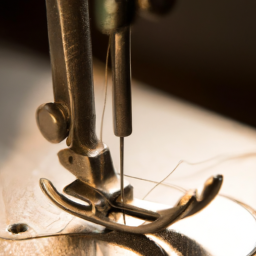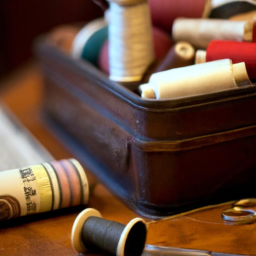
The art of dressmaking in the Philippines has a rich history that showcases the country’s cultural heritage and influences from various periods of colonization. Over the years, Filipino fashion has evolved and adapted to the changing times while still preserving its distinct style and craftsmanship.
Influences from Pre-colonial Times
Even before the arrival of the Spanish in the 16th century, Filipinos had already developed their own unique garments and textiles. Traditional dressmaking mainly revolved around using natural fibers like abaca, piña (pineapple fiber), and silk to create clothes. Indigenous tribes had their distinctive designs and weaving techniques, resulting in diverse ethnic clothing styles.
Spanish Colonial Period
The Spanish colonization greatly influenced dressmaking in the Philippines, introducing new fashion trends and methods. The colonization brought about a fusion of Filipino and Spanish styles, leading to the creation of the traditional Filipino dress for women, known as the “Baro’t Saya” or “Maria Clara.” This graceful ensemble featured a wide skirt and a loose, embroidered top, symbolizing the country’s blending of cultures.

American Period and Modernization
The American period in the early 20th century introduced modernization and Western influences to dressmaking in the Philippines. Western-style clothing like dresses, blouses, and tailored suits gained popularity among the middle and upper classes. However, traditional Filipino clothing continued to be worn by many, especially in rural areas, as a way to preserve their cultural identity.
Contemporary Dressmaking
Today, dressmaking in the Philippines is a thriving industry that showcases the creativity and craftsmanship of Filipino designers. Traditional garments are still worn on special occasions and festivals, reflecting the strong connection to cultural roots.
Filipino dressmakers have also ventured into the global fashion scene, incorporating traditional techniques and textiles into modern designs. This fusion of traditional and contemporary elements has gained recognition internationally, putting the Philippines on the fashion map.
Conclusion
The history of dressmaking in the Philippines is a testament to the rich cultural heritage of the country. From pre-colonial times to the present day, Filipino fashion has evolved and adapted, preserving traditional clothing styles while embracing modern influences. The art of dressmaking continues to flourish, allowing Filipinos to express their identity and creativity through fashion.





Fascinating!
Mikayla Sharp: Definitely something to learn more about!
A great look at the long and rich history of dressmaking in the Philippines! I’m sure knowing how it has evolved over the years provides valuable insight into the current art of couture and fashion.
Absolutely! Learning the history of dressmaking helps us to understand the traditional and modern shapes more.